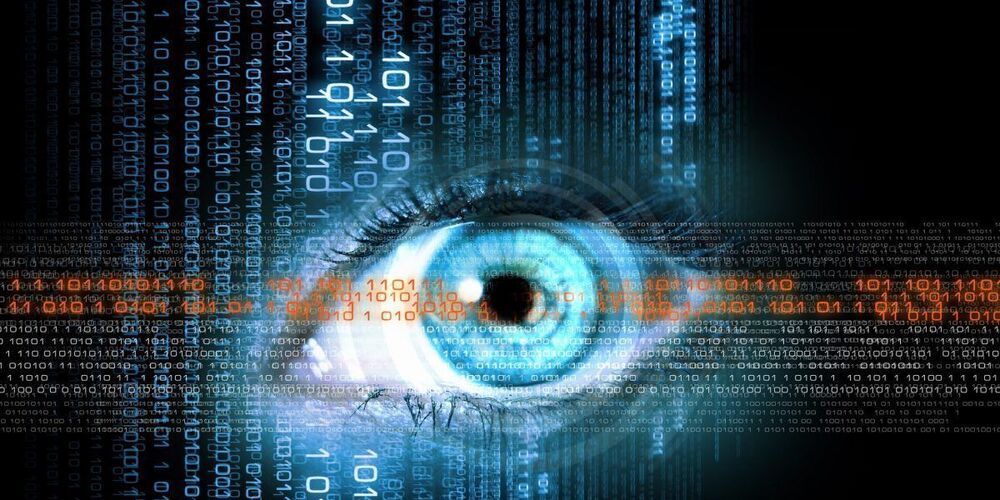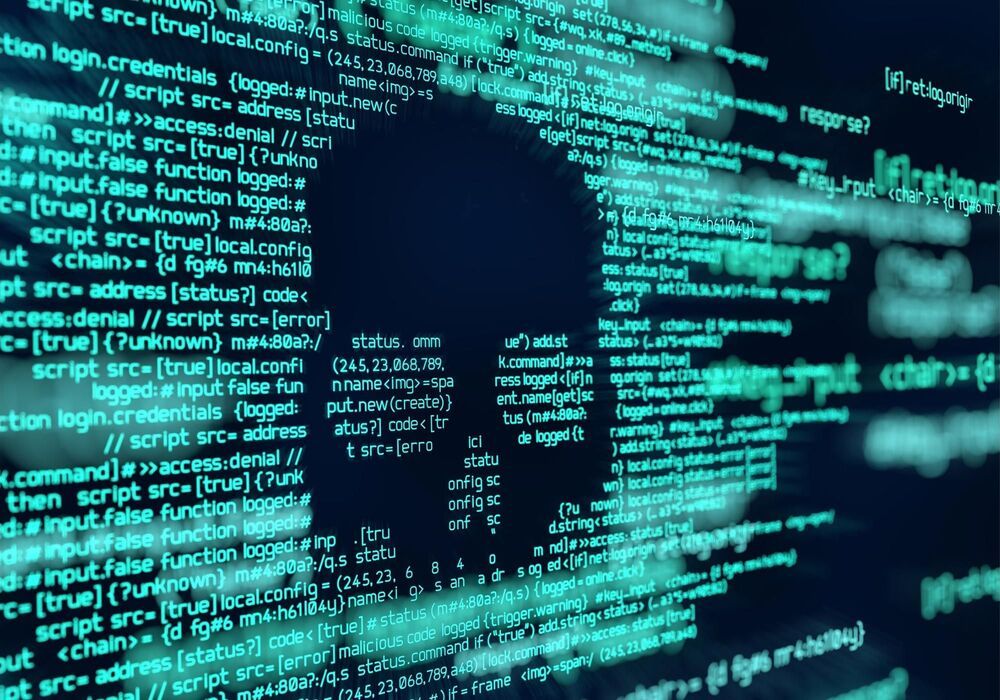The need for more web watchmen spans from private businesses to government agencies, experts say, and most of the job openings are in California, Florida, Texas and Virginia. That means for anyone looking to switch careers and considering a job in cybersecurity, there’s no greater time than now to find work, the job trackers said.
“You don’t have to be a graduate of MIT to work in cybersecurity,” said Tim Herbert, executive vice president for research at CompTIA. “It just requires someone who has the proper training, proper certification and is certainly committed to the work.”








